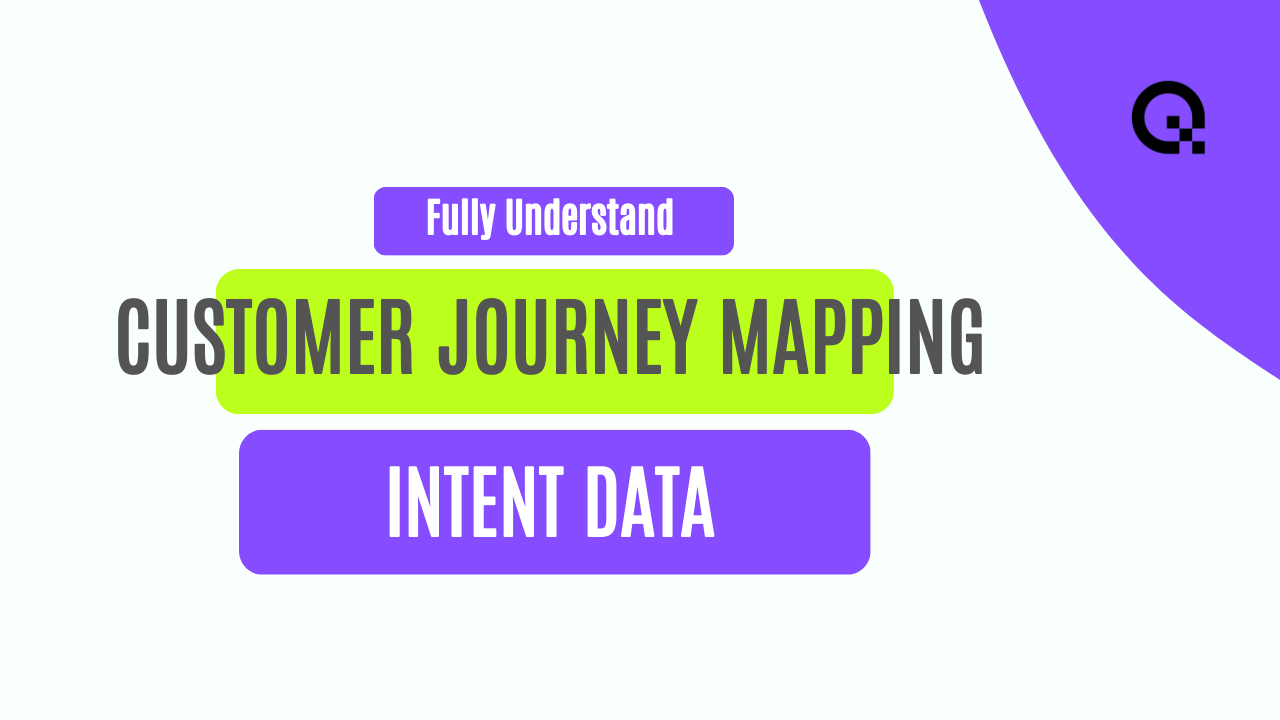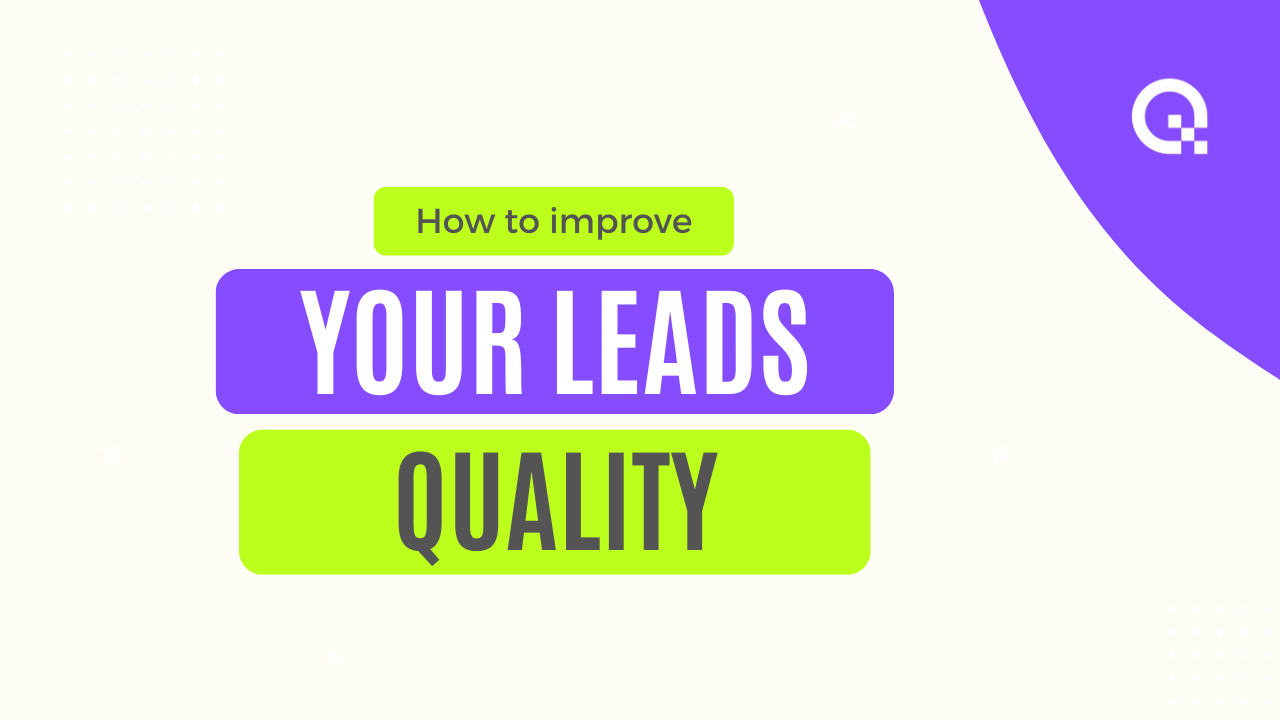Top Tools for Implementing Intent Based Marketing
Discover the top tools that can help you implement intent-based marketing strategies effectively.
Understanding Intent-Based Marketing
Intent-based marketing is a strategy that involves understanding and leveraging the intent behind a consumer's actions and behaviors. It focuses on identifying and targeting individuals who are actively searching for information or solutions related to a specific product or service.
By understanding the intent of your target audience, you can tailor your marketing efforts to meet their needs and provide them with relevant content and offers. This approach allows you to reach potential customers at the right time and in the right context, increasing the likelihood of conversion and customer satisfaction.
To effectively implement intent-based marketing, it is important to have a clear understanding of your target audience and their motivations. By analyzing customer data and conducting market research, you can gain insights into their interests, pain points, and preferences. This information can then be used to create personalized marketing campaigns that resonate with your audience and drive engagement.
Overall, intent-based marketing offers a strategic approach to reaching and engaging with your target audience. By understanding their intent and providing them with relevant content and offers, you can increase the effectiveness of your marketing efforts and drive business growth.
Key Features to Look for in Intent-Based Marketing Tools
When choosing intent-based marketing tools, there are several key features to consider. These features can help you effectively implement and optimize your intent-based marketing strategies. Here are some important features to look for:
- Real-time monitoring: The ability to monitor and track customer intent in real-time is crucial for implementing intent-based marketing. Look for tools that provide real-time data and insights, allowing you to identify and respond to customer intent immediately.
- Advanced analytics: Robust analytics capabilities are essential for understanding customer intent and optimizing your marketing efforts. Look for tools that offer advanced analytics features, such as predictive analytics and customer segmentation.
- Integration with other marketing tools: Intent-based marketing is most effective when integrated with other marketing tools and platforms. Look for tools that can seamlessly integrate with your existing marketing stack, allowing you to leverage customer data and insights across multiple channels.
- Personalization capabilities: Personalization is key to effective intent-based marketing. Look for tools that offer personalization capabilities, such as dynamic content creation and personalized messaging, to deliver tailored experiences to your target audience.
- Automation features: Intent-based marketing can be complex and time-consuming. Look for tools that offer automation features, such as automated campaign management and lead nurturing, to streamline your marketing processes and maximize efficiency.
By considering these key features, you can choose intent-based marketing tools that align with your business goals and enable you to effectively implement and optimize your intent-based marketing strategies.
Top Tools for Implementing Intent-Based Marketing
There are several top tools available that can help you implement intent-based marketing strategies effectively. Here are some of the top tools to consider:
- Google Analytics: Google Analytics is a powerful tool that provides valuable insights into customer behavior and intent. It allows you to track website traffic, user engagement, and conversion rates, helping you understand and optimize your intent-based marketing efforts.
- SEMrush: SEMrush is a comprehensive SEO and digital marketing tool that can help you identify and target keywords and topics that align with customer intent. It provides in-depth competitor analysis, keyword research, and content optimization features, enabling you to create content that resonates with your target audience.
- HubSpot: HubSpot is an all-in-one marketing platform that offers a range of tools and features for implementing intent-based marketing. It provides lead tracking, email marketing, content management, and automation capabilities, allowing you to effectively engage with your target audience and nurture leads throughout the buyer's journey.
- Marketo: Marketo is a leading marketing automation platform that can help you implement intent-based marketing at scale. It offers features such as lead scoring, personalized email marketing, and campaign management, allowing you to deliver personalized experiences to your target audience and optimize your marketing efforts.
- Clearbit: Clearbit is a data enrichment tool that can provide valuable insights into customer intent. It allows you to enrich your customer data with firmographic and technographic information, helping you better understand your target audience and personalize your marketing campaigns.
These are just a few examples of the top tools available for implementing intent-based marketing. Depending on your specific needs and goals, there may be other tools that are more suitable for your business. It is important to evaluate different options and choose the tools that align with your marketing objectives and budget.
Benefits of Using Intent-Based Marketing Tools
Using intent-based marketing tools can provide several benefits for your business. Here are some key benefits:
- Improved targeting: Intent-based marketing tools allow you to identify and target individuals who are actively searching for products or services related to your business. This improves the accuracy and relevance of your marketing campaigns, increasing the likelihood of conversion and customer satisfaction.
- Increased conversion rates: By understanding customer intent and providing personalized experiences, intent-based marketing tools can help increase conversion rates. Tailoring your marketing efforts to meet the specific needs and preferences of your target audience improves engagement and drives more conversions.
- Enhanced customer experience: Intent-based marketing tools enable you to deliver personalized and relevant content to your target audience. This enhances the customer experience, making your brand more memorable and increasing customer loyalty.
- Optimized marketing efforts: Intent-based marketing tools provide valuable insights and analytics that can help you optimize your marketing efforts. By analyzing customer data and behavior, you can identify trends, preferences, and opportunities for improvement, allowing you to refine your marketing strategies and achieve better results.
- Cost-effective marketing: By targeting individuals who are actively searching for your products or services, intent-based marketing tools can help you optimize your marketing budget. By focusing your efforts on high-intent prospects, you can reduce wasteful spending and maximize the return on your marketing investment.
Overall, using intent-based marketing tools can help you effectively reach and engage with your target audience, increase conversion rates, and optimize your marketing efforts for better results.
Best Practices for Maximizing the Impact of Intent-Based Marketing Tools
To maximize the impact of intent-based marketing tools, consider the following best practices:
- Understand your target audience: Before implementing intent-based marketing, it is important to have a clear understanding of your target audience and their intent. Conduct market research, analyze customer data, and create buyer personas to gain insights into their motivations, preferences, and pain points.
- Align content with intent: Create content that aligns with the intent of your target audience. Identify the keywords and topics that are relevant to their search queries and provide valuable information or solutions. Tailor your messaging to meet their needs and address their pain points.
- Leverage personalization: Personalization is key to effective intent-based marketing. Use intent-based marketing tools to deliver personalized experiences to your target audience. Customize your messaging, offers, and content based on their interests, preferences, and behaviors.
- Continuously analyze and optimize: Regularly analyze the performance of your intent-based marketing campaigns. Use the insights and data provided by intent-based marketing tools to identify trends, opportunities, and areas for improvement. Optimize your campaigns based on these insights to achieve better results.
- Integrate with other marketing channels: Intent-based marketing is most effective when integrated with other marketing channels and strategies. Leverage intent data across multiple channels, such as email marketing, social media advertising, and content marketing, to create a cohesive and personalized customer journey.
By following these best practices, you can maximize the impact of intent-based marketing tools and achieve better results in reaching and engaging with your target audience.



